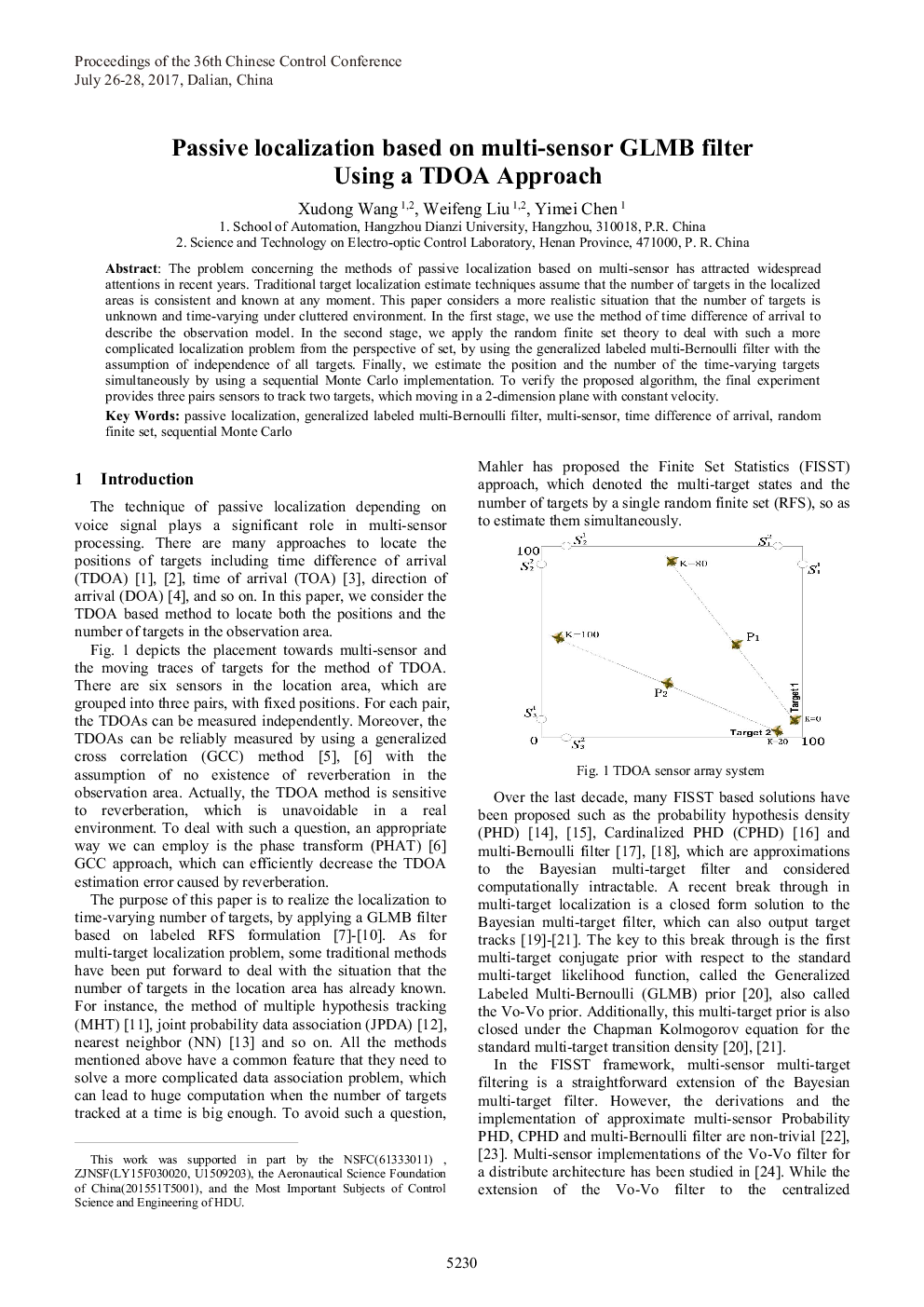| Article ID | Journal | Published Year | Pages | File Type |
|---|---|---|---|---|
| 4966014 | Engineering Analysis with Boundary Elements | 2017 | 6 Pages |
Abstract
Landslide with significant volume and considerable velocity may block the river stream in the hillslope-channel coupling system, forming the natural dam and the dammed-lake behind. Previous studies predicted the behavior of landslide dams using different dimensionless indexes derived from the geomorphological characteristics. However, the kinematic characteristics of the river and landslide also play key roles in the dam formation. To consider the kinematic characteristics, the dynamic simulation of the dam behavior (formation and failure) involves three problems: (i) the movement of the river flow, (ii) the landslide movement and (iii) the landslide-river interaction. In this study, the movement of the river flow is simulated by a particle recycling method (PRM) under the framework of smoothed particle hydrodynamics (SPH). The discontinuous deformation analysis (DDA) is used to model the landslide movement. The interaction between the solid and fluid phases is achieved by the coupled DDA-SPH method. The proposed methods have been implemented in the numerical code, and a series of examples were employed for validations. The importance of the kinematic characteristics for the dam behavior was demonstrated by a series of numerical scenarios.
Keywords
Related Topics
Physical Sciences and Engineering
Computer Science
Computer Science Applications
Authors
Wei Wang, Guangqi Chen, Yingbin Zhang, Lu Zheng, Hong Zhang,
